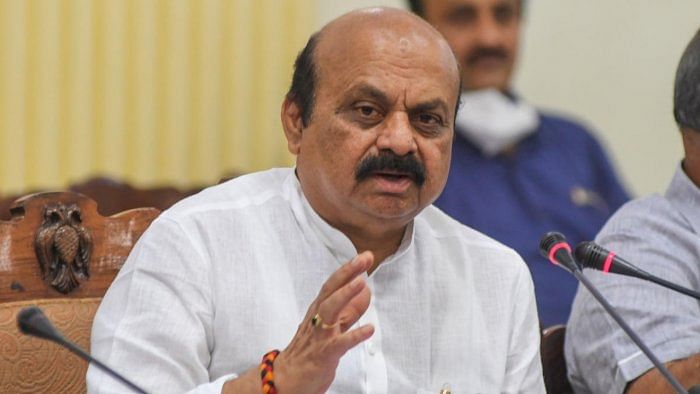
Karnataka will discontinue using backwardness indicators evolved by the D M Nanjundappa Committee, replacing them with the ones developed by the Niti Aayog.
To this effect, the Cabinet on Friday approved the 'Aspirational Taluks Scheme' that will kick in from 2023-24.
In its 2002 report, the Nanjundappa committee used 35 indicators covering agriculture, industry, trade & finance, economic & social infrastructure and population to identify 114 out of 175 taluks as backward.
This will be replaced by 49 indicators of the Niti Aayog across five sectors - health & nutrition, education, agriculture & water resources, financial inclusion & skill development and infrastructure.
Starting 2023-24, an allocation of Rs 3,000 crore will be made. Funds will be used for talks that are below the state average on the 49 indicators across the five sectors. At present, Karnataka has 235 taluks.
"There is a committee constituted under the Planning Minister (N Munirathna) that discussed the Nanjundappa Committee report. Twenty years back, some taluk was backward. Now, it has improved. We have also formed 56 new taluks that need due consideration. So, we are revisiting the Nanjundappa Committee report," Law Minister J C Madhuswamy said, briefing reporters.
The Nanjundappa Committee had recommended a Special Development Plan (SDP) with a total investment of Rs 31,000 crore over an eight-year period. The SDP was launched in 2007 and slated to be completed in 2014-15. However, it was extended.
Under the SDP, between 2007 and February 2022, the government allocated Rs 38,646 crore.
Deccan Herald is on WhatsApp Channels| Join now for Breaking News & Editor's Picks